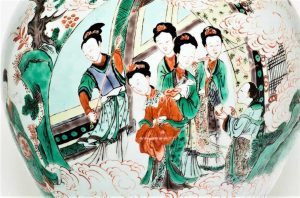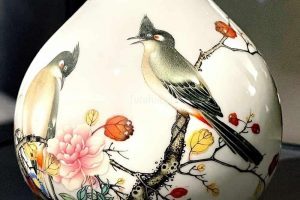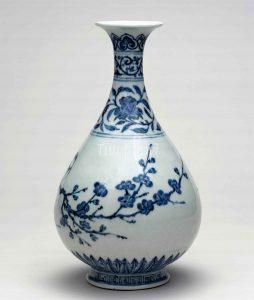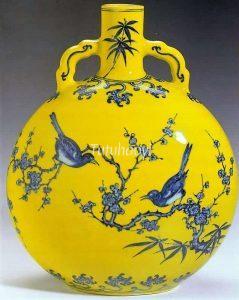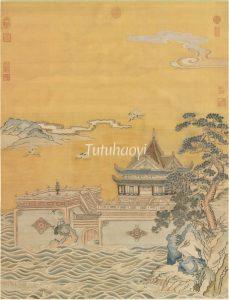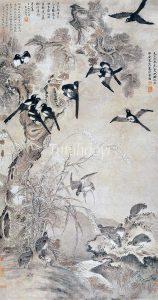Showing Results Containing
Have you ever wondered why the image of the prunus has been a popular motif in Chinese decorative art? Why do Chinese literati love to write poems about plum blossoms and paint them in their art works? Dr Yibin Ni will explain to you the symbolic ...
In Chinese culture, the Mid-Autumn Moon Festival is related to the legendary fairy Chang E, the Moon Goddess. We often see a hare, her loyal companion, and an osmanthus tree in the picture with her against a background of the Moon Palace. However,...
Appreciation of a top-tier porcelain garlic-head bottle vase painted with a pair of red-whiskered bulbuls in polychrome enamels over transparent glaze in the falangcai style and gilding displayed in the Petite Galerie of the Louvre in Paris.
Phoenix has been deemed as a holy, noble and beautiful bird in the Chinese folk myths and was regarded as the king of all birds.
In Volume 915 of the comprehensi...
The tree commonly referred to in English as the flowering plum in fact belongs to the species Prunus mume, which is part of the apricot family.
With the pine and ba...
Yang Shen (杨慎, 1488–1559), alias Sheng’an (升庵), is a literatus and poet in the Ming dynasty (1368–1644). He recorded in Volume Ninety-Four of Sheng’an Additional Works a folklore anecdote: ‘In the northern dialect, there is no difference in sound between the he 合 for “coming together” and the he 鹤 for “...
In this scene, there are several Chinese longevity symbols such as the
The Mid-Autumn Moon Festival falls on the night of full moon in the eighth lunar month. Chang’e, the Moon Goddess, is usually associated with this family-union occasion, together with the festival food – the moon cake (月饼). A legend recorded in an ancient Chinese book, The Huainanzi (淮南子 The Discourses of the Hu...
Pines, bamboos, and plum blossoms (prunus) form the ‘Three Friends in Winter’ (岁寒三友) motif. The early blossoming plum is the harbinger of spring; the
Pun Design: Quails + Magpies
Punning Details:
The word ‘an 鹌’ in ‘an chun 鹌鹑’ for ‘quail’ puns on ‘an 安’ for ‘peace’ or ‘secur...
The osmanthus tree prominent in the Moon Palace came to be a symbol for elite talents in the Jin dynasty 晋朝 (265-420). In around Tang dynasty (618-907), ‘plucking a s...

